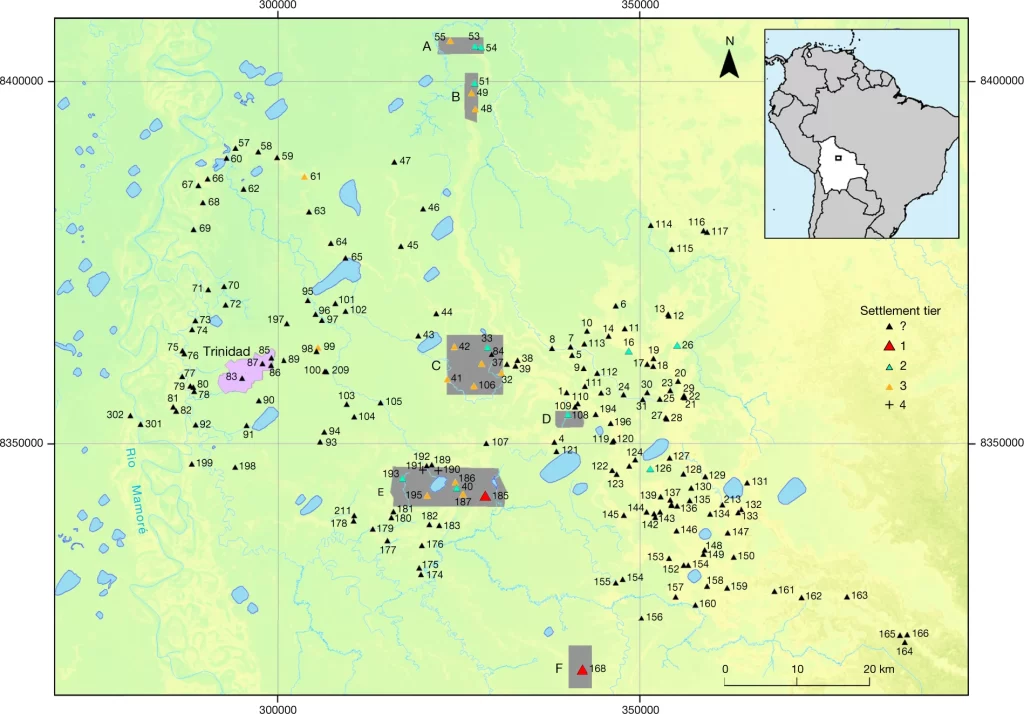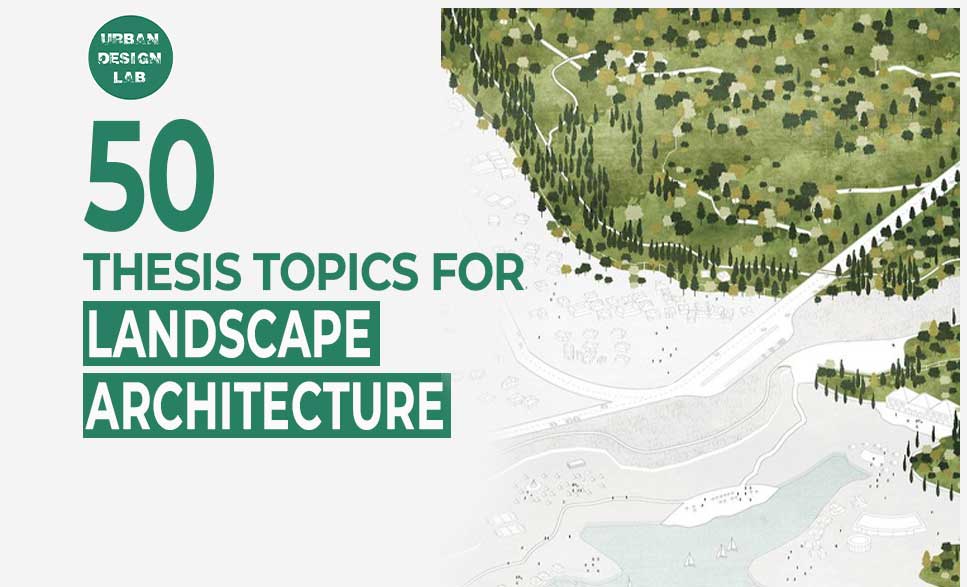
Recitals of Forgotten Cities

What is a misplaced city?
A misplaced city, also known as a forgotten city, is an urban area that experienced terminal decline, became widely dispersed or deserted, and lost its former notoriety as a result, making it less well-known to the wider world. Many misplaced cities’ sections have gone unnoticed, but a few have been recovered and given serious thought by researchers. These forgotten cities hold a captivating allure, intriguing historians and explorers alike. Recently, abandoned cities or cities whose boundaries were never known have been referred to as ruins or ghost towns. From the 15th century onward, the search for such lost towns by European pilgrims and travelers in Africa, the Americas, and Southeast Asia has inexorably pushed the advancement of archaeology. Wikipedia, Definition as a source.
List of lost cities in the world
Urban design is the process of fusing technical ideas for towns and cities with street plans, service maps, master layout plans for homes, industries, and artificial intelligences that work their way through every sector by giving it direction. Human behaviour and mental health are being affected.
UDL Thesis Publication | 2023
Curating the best Graduate Thesis Projects Globally!
Register Now | Submit Later
How do the cities get lost?
A highly populous agreement is what the Australian archaeologist Vere Gordon Childe defined as “CITY” in the 1950s. It boasts imposing buildings. Its citizens use plutocrats and levys while creating art and writing. They engage in long-distance trade, manufacture heavy items, and maintain a complicated social structure. According to Annalee Newitz, a knowledge, technology, and cultural intelligencer, every civic centre has its own distinct history, regardless of whether it was established thousands of years ago or is currently thriving. The Urban Age: A Secret History. But regardless of how or why cities arise, they all experience the same fate.
According to Newitz, it is horrifying to realise that the majority of people reside in situations where they would perish. Some archaeologists claimed to have found so-called lost towns shrouded in sand or vines, a fate fit for mythology and adventure stories. The myth of the lost city obscures the reality of how humans destroy their civilizations; the bulk of those places were merely abandoned.
In the book, the author claimed that the four ancient cities Newitz analyses “shared a common point of failure.” Both have gone through protracted periods of political turmoil and environmental disasters. Each one also imparts knowledge on social interaction, wilderness survival, and environmental and political adaptation to changing circumstances.
Newitz concentrates on locations that were developed and then abandoned over the course of millennia on four different continents. They frequently feature the work of anthropologists and archaeologists who combine historical accounts with first-hand reports from each of these locales to perform cutting-edge research into how these ancient cultures developed and disintegrated.
Newitz claims that “data archaeology is kind of the democratisation of history.” By examining what they did, it aims to link the social and even psychic lives of the masses. Whenever historians learn something new about these sites, such as more details about Roman sexuality in Pompeii or human sacrifice in Cahokia, according to Newitz, their findings are inevitably impacted by what our modern civilizations deem to be acceptable. Penis sculptures are maintained at the Naples Museum’s “Secret Cabinet,” where they are said to bring good luck, despite the fact that shops prominently displayed them in ancient Pompeii.
Additionally, Newitz looks at how our notions of the demise of urban areas have developed over time. Prior to Jared Diamond’s 2004 book “Collapse: Why Civilizations Fail” reinvigorated the theory in scientific circles, the notion that human interaction with the environment is the sole cause of civilization’s demise was waning. How Societies Choose to Be Successful or Fail Diamond is correct to point to the environment as a factor in urban decay, but that only tells part of the story, according to Newitz. Most importantly, abandonment is a political process.
According to Newitz, city leaders, and royalty frequently prefer to invest in “beautiful spectacles” rather than the necessities for prosperity, such as safe markets and functioning infrastructure. Cities that lack those things are frequently more susceptible to environmental disasters, which can result in political unrest when crops fail or homes flood.
UDL Thesis Publication | 2023
Curating the best Graduate Thesis Projects Globally!
Register Now | Submit Later
The tales of Lemuria
According to several facts in animal and plant geography, Lemuria, a tropical continent that is today submerged beneath the Indian Ocean, is thought to have been the likely primary habitat or “Paradise” during the tertiary period. The Quarterly Journal of Science published an article titled “The Mammals of Madagascar” in 1864 by British biologist and attorney Philip Lutley Sclater. It was at this point that Lemurian beliefs really started to catch on. Due to the fact that Madagascar had a much higher diversity of lemur species than either Africa or India, Sclater hypothesised that the island was the animal’s original habitat.
When this theory was put forth, the field of evolution science was still in its infancy, the concept of continental drift had not yet gained widespread acceptance, and many eminent scientists were using land bridge hypotheses to explain how certain creatures had formerly travelled from one place to another. Even two decades earlier, the French scientist Étienne Geoffroy Saint-Hilaire had put up a notion similar to Sclater’s. As a result, Sclater’s theory gained some popularity.
Looking forward to 2013. Science no longer accepts the idea that a land bridge and a vanishing continent were responsible for the migration of lemurs. However, geologists have recently discovered proof of a long-lost continent in the Indian Ocean.
With the help of Haeckel, Lemurian beliefs persisted throughout the late 1800s and early 1900s. They were often brought up in connection with the legend of Kumari Kandam, a fictitious lost continent in the Indian Ocean thought to have once been home to a Tamil civilization. This was before modern science discovered ancient human bones in Africa that suggested the continent may have served as the cradle of humanity. Additionally, this was before seismologists of the current era understood how plate tectonics led the formerly linked continents to separate and become what they are now.
Many people continued to believe in Lemuria even after Russian occultist, psychic, and author Elena Blavatskaja released The Secret Doctrine in 1888. According to this book, there were at least seven different ancient human species, one of which resided in Lemuria. This four-armed, 15-foot-tall hermaphrodite race coexisted with dinosaurs, according to Blavatskaja. According to fanciful speculations, these Lemurians may have even evolved into the lemurs we know today.
The subsequent appearance of Lemuria in literature, film, and comics long into the 1940s is understandable. Many of the viewers of these fictional works wondered where the fictional ideas in the works came from. Well, about 75 years ago, authors and scientists presented them with their theories. Many renowned authors and scientists rapidly adopted the Lemuria concept. Later in the 1860s, German biologist Ernst Haeckel claimed that Lemuria was what made it possible for mankind to initially travel from Asia into Africa, which some at the time thought to be the origin of humanity. Mauritia disappeared into the Indian Ocean around 84 million years ago, when this part of the Earth was still creating its present shape, according to geological evidence and plate tectonics.
The theory that the Lemurians were an ancient race that gave rise to lemurs is no longer supported by the new evidence, even though it generally supports Sclater’s earlier claims. When they swam to Madagascar from mainland Africa, which was closer to Madagascar than it is now, lemurs did not begin to evolve in the island until about 54 million years ago. A whopping 84 million years ago, Mauritius vanished.
Sclater and other scientists of the middle of the 1800s were only partially correct about Lemuria despite their limited knowledge. No mysterious missing continent in the Indian Ocean vanished overnight. There was once something there, but it has now been permanently lost.
Help of LIDAR Technology for lost habitation in Amazona
Archaeologists have discovered traces of agrarian-based, low-density urbanisation beneath the tropical forests of Southeast Asia, Sri Lanka, and Central America. With the exception of a few sizable, interconnected towns in the southern Amazon, there is no such proof of pre-Hispanic Amazonia. The lidar data of sites belonging to the Casarabe culture (between ad 500 and ad 1400) reveals the presence of two very large sites (147 ha and 315 ha) in a dense four-tiered habitation structure in the Llanos de Mojos savannah-forest mosaic, southwest Amazonia.
The Casarabe culture area, as far as is currently known, encompasses around 4,500 km2, with one of the main town sites controlling about 500 km2. The civic-ceremonial architecture of these vast population sites consists of stepped platforms, U-shaped constructions, rectangular platform mounds, and tall conical pyramids that can reach 22 metres in height. The main settlement sites are surrounded by ranked concentric polygonal banks, and the centre nodes are connected to the lower-ranked settlement sites by straight, raised causeways that reach over several kilometres. A massive water-management infrastructure made up of canals and reservoirs completes the settlement system in a human-altered landscape. Our research indicates that the Casarabe-culture habitation pattern is a unique instance of tropical low-density urbanisation in the Amazon.
Platforms (approximately 20 by 25 metres in size and up to 2 metres high) have been found at key locations along some of the causeways and in spaces where causeways and polygonal enclosures converge. This shows that access to these substantial habitation sites may have been limited and controlled. The main hubs of a regional settlement network were Cotoca and Landover, which were linked by still-visible, straight causeways that extended several km into the surrounding countryside.
The lidar data, as well as earlier archaeological reconnaissance and remote sensing data at the regional level, show that the Casarabe culture features a highly integrated, continuous, and dense settlement structure. There are an average of ten sites (varying from primary to tertiary centres) within a 10-kilometer (or 2-hour) walk of each known Casarabe community in the 4,500 km2 region. With an average distance between towns of 1,800-3,970 m, the eastern section is denser. Within this distribution, sites frequently form clusters that extend 100 to 500 kilometers2 thanks to causeways and canals connecting them (Extended Data Figs). 3b, 8). Lesser-tiered sites often connect to higher-tiered sites; there are no official causeways that connect lower-tiered sites to higher-tiered sites.
Sites 186, 193, and 195 are the three secondary centres, sites 187, 189, and 192 are the two tertiary centres, and clusters of minor fourth-tier sites to the southeast and west of the big town Cotoca are the core of an area of about 500 km2 that is half savannah and half woodland. Cotoca is a major site that is connected to lower-tier sites, the Ibare River to the south, and lakes to the east by a remarkable network of canals and causeways that extend from the base platform in all four directions. A 7-kilometer canal was used to transfer water from Laguna San José to Cotoca, illustrating the breadth of worker mobilisation and landscape management. Spatial centrality was not necessary for the placement of the primary sites because they also showed up on the outskirts of site clusters. In the absence of a primary centre, secondary centres may act as the region’s main hub for lower-tiered sites.
Our results dispel claims that western Amazonia was lightly populated before the Spanish arrived. The enormous settlement sites of the Casarabe culture’s monumental architecture imply that the locals reshaped the area’s social and public landscape. We claim that the settlement pattern of the Casarabe culture in the United States is an exceptional example of tropical low-density agrarian urbanisation. The sophisticated, interconnected settlements of southern Amazonia, which lack monumental civic-ceremonial architecture, pale in comparison to the scale, monumentality, labour, and spatial extent of settlement dispersal of the civic-ceremonial architecture and the infrastructure for water management. The information will therefore contribute to the discussion of the global wealth of early urban variation and assist in the redefinition of the categories used to describe both past and present Amazonian communities.
Conclusion
Researchers are learning more about the historical history of lost human dwellings thanks to site demonstrations, archaeological surveys, and new AI technologies. This information can be used to address current development challenges in archaeology and settlements in architecture and planning.
Organisations can obtain a wealth of information about our heritage’s long-forgotten past through thorough inquiry, but greater communication and open calls for fresh ideas are required as new opportunities arise.
UDL Thesis Publication | 2023
Curating the best Graduate Thesis Projects Globally!
Register Now | Submit Later
Reference
- The lost city- Definition, https://en.wikipedia.org/wiki/Lost_city
- World’s Lost cities and empires by the department by Theo Deutinger, https://the-department.eu/projects/show/lost-cities-lost-empires/#imgid-2322
- Index, how do you lost city? Four Lost city by Annalee Newitz, W. W. Norton & Company, 320 pages
- Book: The lost land of Lemuria – Fabulous geographies, catastrophic histories. University of California Press: 334 by Sumathi Ramaswamy
- A Geologist’s Dream: The Lost Continent of Lemuria, David Bressan on May 10, 2013, https://blogs.scientificamerican.com/history-of-geology/a-geologists-dream-the-lost-continent-of-lemuria/
- Lemuria: The Fabled Lost Continent That Turned Out To Be Real — Almost, William DeLong , Edited – John Kuro ski, Published April 15, 2018 Updated June 8, 2020, https://allthatsinteresting.com/lemuria-continent
- The geography of mammals , Sclater, William Lutley, 1863-; Sclater, Philip Lutley, 1829-1913, https://archive.org/details/geographyofmamma00scla
- Lost Cities of the Amazon Discovered From the Air Mapping technology cut through the canopy to detect sprawling urban structures in Bolivia that suggest sophisticated cultures once existed, Brian Handwerk , Science Correspondent May 25, 2022
- Lidar reveals pre-Hispanic low-density urbanism in the Bolivian Amazon, Heiko Prümers, ,Carla Jaimes Betancourt, , José Iriarte, , Mark Robinson & Martin Schaich Nature volume 606, pages325–328 (2022)
UDL Thesis Publication | 2023
Curating the best Graduate Thesis Projects Globally!
Register Now | Submit Later
Shailee Bhatt is an Architect & Urban Designer. She did work on projects like education campus design, garden redevelopment projects, and economically weaker section housing master plans for India. Her volunteer work in the Green Impact Jury Report was the first prize winner in the UK, for Leeds Beckett University. Shailee likes to put her ideas and imagination into master planning & designing better public spaces. She follows architecture through art. Her designs are based on context. Her methods of visualization are through paint strokes and sketches. Shailee’s ideology of working for the public is to give language and definition to every element for its routine purpose, which must be healthy and sustainable.
Related articles


From Thesis to Portfolio – Free Ebook

Spatial Analysis with GIS – Free Ebook

Sunder Nursery: Reviving Heritage through Urban Renewal in New Delhi

The Influence of Street Design on Health and Wellbeing

Architecture Portfolio Design Toolkit
5-Days UDL GIS
Masterclass
GIS Made Easy – Learn to Map, Analyse, and Transform Urban Futures
Session Dates
14th-18th July 2025

Free E-Book
From thesis to Portfolio
A Guide to Convert Academic Work into a Professional Portfolio”
Recent Posts
- Article Posted:
- Article Posted:
- Article Posted:
- Article Posted:
- Article Posted:
- Article Posted:
- Article Posted:
- Article Posted:
- Article Posted:
- Article Posted:
- Article Posted:
- Article Posted:
- Article Posted:
- Article Posted:
- Article Posted:
Sign up for our Newsletter
“Let’s explore the new avenues of Urban environment together “
























































